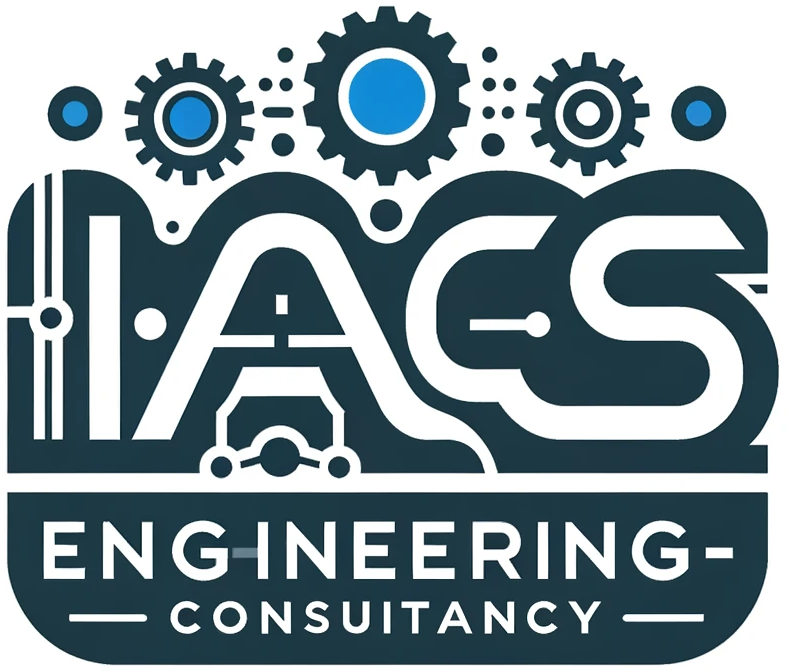The IEC61131-3 standard introduced object-oriented (OO) features in its third edition, enhancing PLC programming with modularity, reusability, and maintainability. Below is a structured breakdown of its OO features, their adoption rationale, and implementation strategies for Siemens TIA Portal, Schneider EcoStruxure Control Expert, and Rockwell Studio 5000.
Object-Oriented Features in IEC61131-3
- Encapsulation
- Function Blocks (FBs) encapsulate data (variables) and behavior (methods).
- Access specifiers (
PUBLIC,PRIVATE,PROTECTED) control visibility.
- Methods and Properties
- FBs include methods (procedures/functions) and properties (input/output variables).
- Inheritance
- FBs can inherit from parent FBs (limited support in some platforms).
- Interfaces
- Polymorphism via interfaces allows FBs to implement shared method signatures.
- Composition
- Complex systems built by combining simpler FBs (e.g., a
ConveyorSystemFB containingMotorandSensorFBs).
- Complex systems built by combining simpler FBs (e.g., a
Why Adopt OO Features in PLC Programming?
- Reusability: Standardize components (e.g., motors, valves) as FBs for reuse across projects.
- Modularity: Isolate logic for easier debugging and testing.
- Scalability: Simplify system expansion by adding instances of existing FBs.
- Maintainability: Changes to a single FB propagate to all instances.
Where to Use:
- Systems with repetitive components (e.g., multiple pumps, sensors).
- Complex logic requiring abstraction (e.g., state machines, PID controllers).
- Collaborative projects needing standardized interfaces.
Structuring Programs in PLC Platforms
1. Siemens TIA Portal
- Key Tools: Function Blocks (FBs), User-Defined Data Types (UDTs), Libraries.
- Implementation:
- Create FBs with methods (e.g.,
Start(),Stop()) and encapsulate internal variables asPRIVATE. - Use UDTs for structured data (e.g.,
MotorDatawith speed, status). - Implement polymorphism via interfaces (e.g.,
IDriveinterface for motors/actuators). - Inheritance: Limited; use composition (embed child FBs in parent FBs).
- Create FBs with methods (e.g.,
- Best Practices:
- Organize FBs into libraries (e.g.,
MotorLib,ValveLib). - Use
PROTECTEDvariables for derived FBs in hierarchical designs.
- Organize FBs into libraries (e.g.,
2. Schneider EcoStruxure Control Expert
- Key Tools: Derived Function Blocks (DFBs), Derived Data Types (DDTs).
- Implementation:
- DFBs support inheritance (e.g.,
BaseMotor→PumpMotor). - Define interfaces for cross-component interaction (e.g.,
ISensor). - Encapsulate logic in methods (e.g.,
ReadPressure()) and expose viaPUBLICaccess.
- DFBs support inheritance (e.g.,
- Best Practices:
- Use DDTs for complex data structures (e.g.,
Recipewith parameters). - Group DFBs into libraries for reuse across projects.
- Use DDTs for complex data structures (e.g.,
3. Rockwell Studio 5000
- Key Tools: Add-On Instructions (AOIs), User-Defined Tags (UDTs).
- Implementation:
- AOIs encapsulate logic and data (e.g.,
ValveAOIwithOpen()andClose()routines). - No inheritance: Use composition (e.g., embed
MotorAOIinConveyorAOI). - Mimic interfaces via standardized AOI inputs/outputs (e.g.,
Start/Donesignals).
- AOIs encapsulate logic and data (e.g.,
- Best Practices:
- Structure AOIs to mirror physical components (e.g.,
Pump,Sensor). - Use UDTs for data consistency (e.g.,
AxisDatafor motion control).
- Structure AOIs to mirror physical components (e.g.,
General Best Practices Across Platforms
- Modularize Components: Represent physical devices (motors, sensors) as FBs/AOIs.
- Encapsulate Internals: Use
PRIVATEvariables to hide implementation details. - Leverage Libraries: Share reusable components across projects.
- Test Independently: Validate FBs/AOIs in isolation before integration.
- Document Interfaces: Clearly define inputs/outputs for collaborative work.
Challenges and Workarounds
- Limited Inheritance (Rockwell): Use composition to build complex logic.
- Platform Variability: Adapt OO patterns to platform capabilities (e.g., interfaces in Siemens vs. AOIs in Rockwell).
- Legacy Code: Gradually refactor procedural code into FBs/AOIs.
By adopting these strategies, PLC programs become more scalable, maintainable, and aligned with modern software engineering principles.
